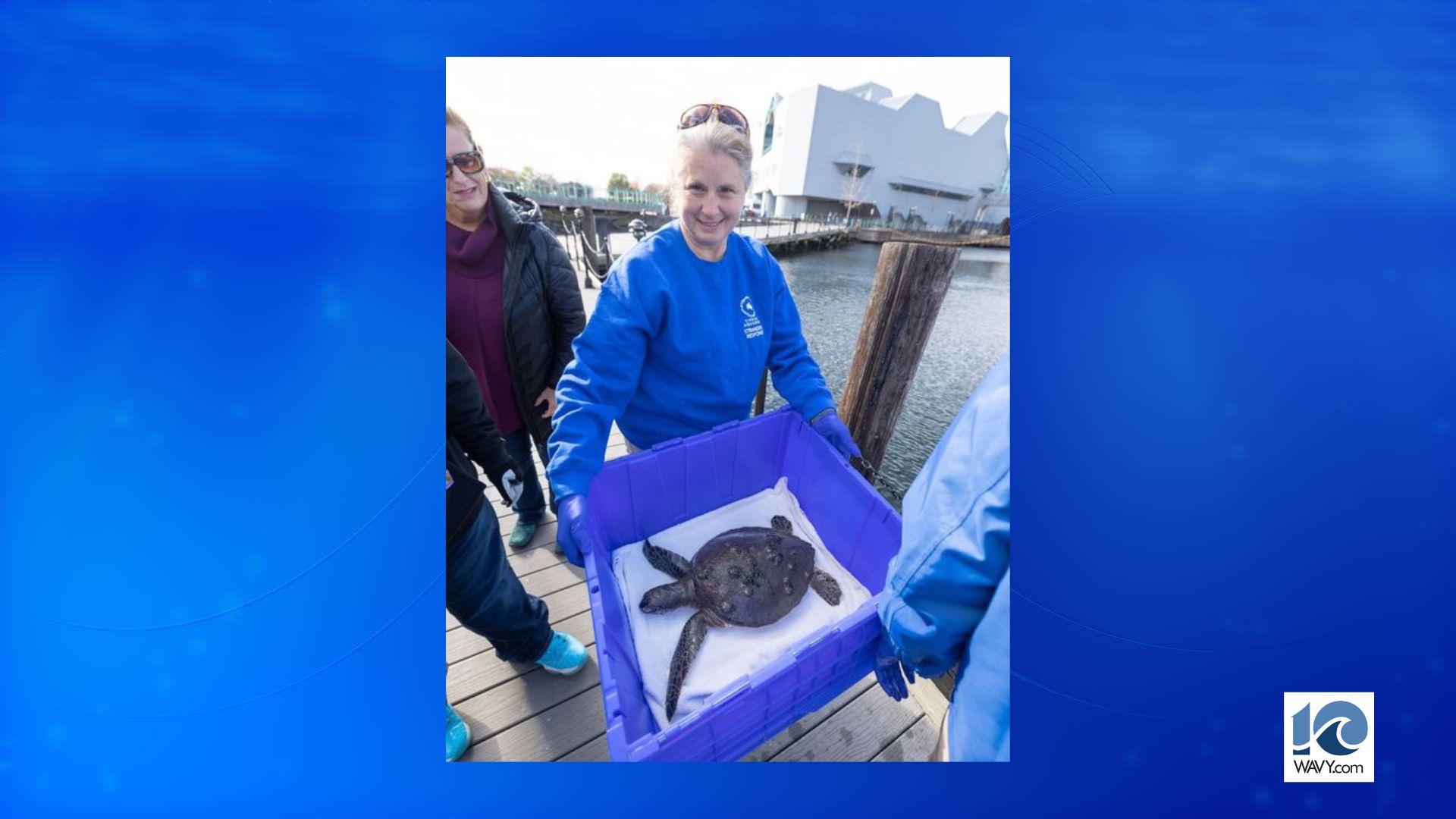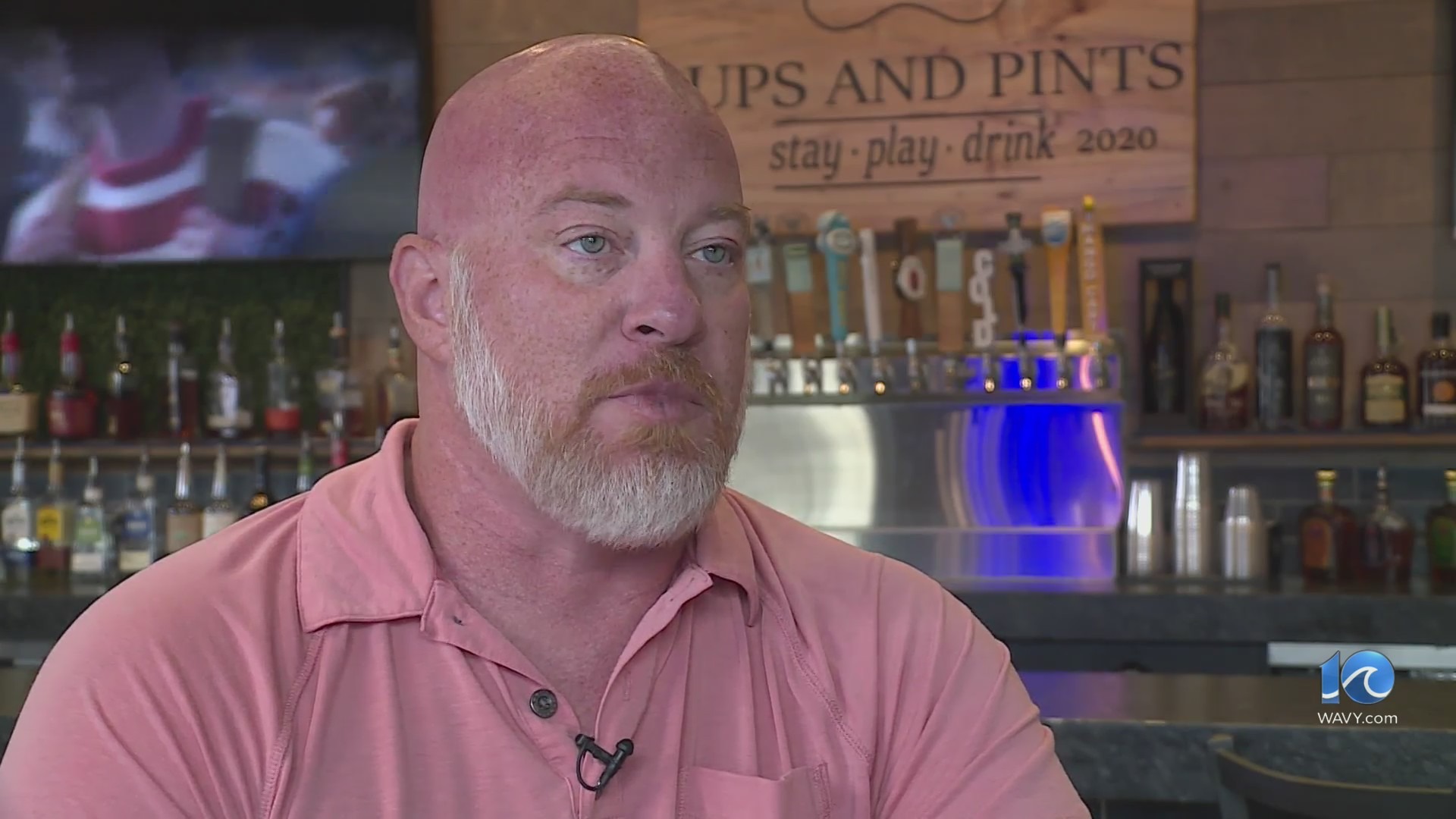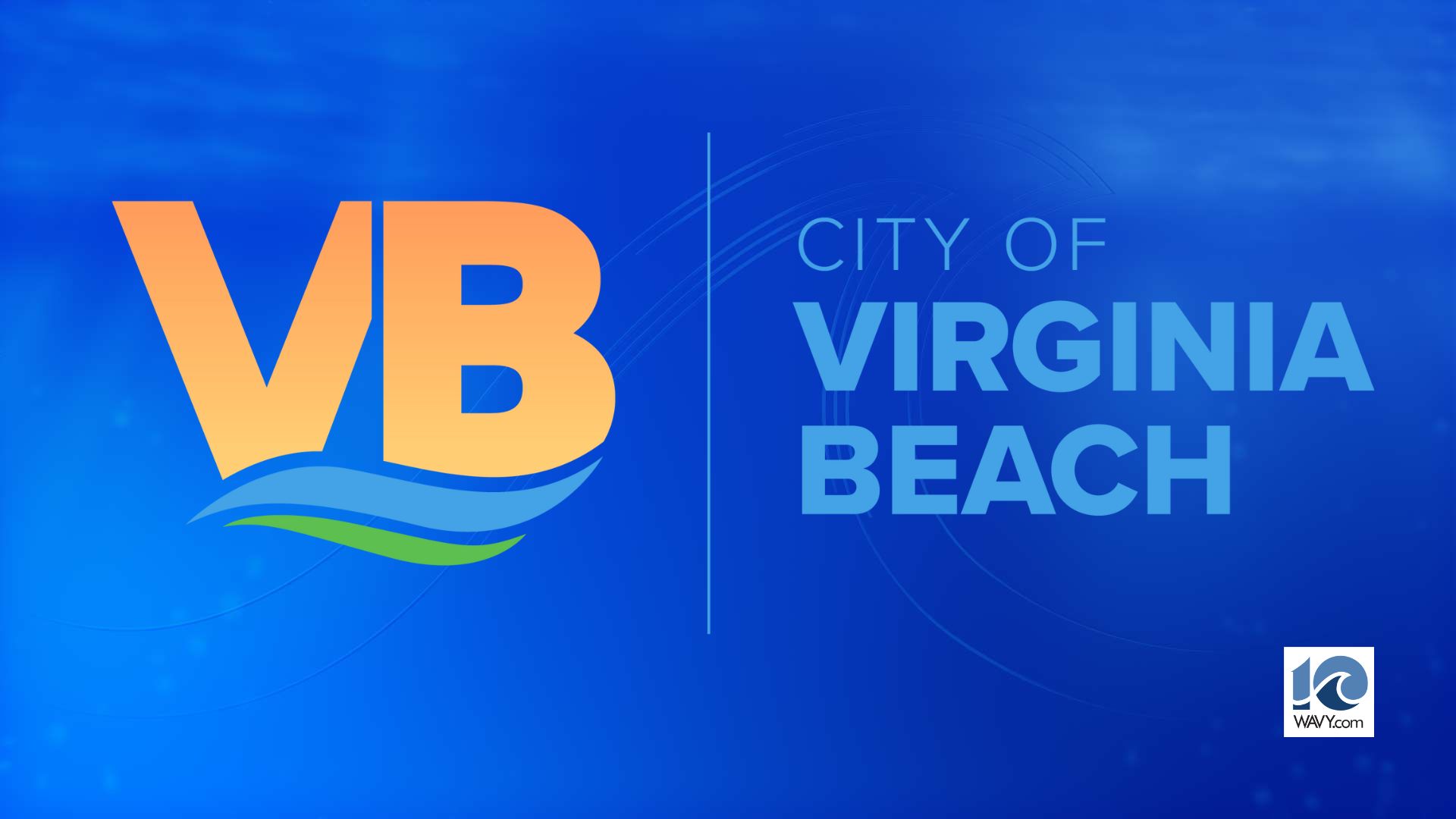HAMPTON, Va. (WAVY) — If the shores of Fort Monroe could talk, it would probably tell stories that would be as endless as the drops in the ocean.
That’s because it’s a location that has a many historical significances in American history.
Before English colonists settled there, it was also home to Native American tribes, according to historians at Fort Monroe.
But it was at that same location, known as Old Point Comfort, where the first enslaved Africans were brought ashore in 1619.
Hampton Resident Calvin Pearson says he didn’t grow up learning that history. Instead, he was taught it happened at Jamestown.
“Looking at this marker reminds me of 25 years of struggle, 25 years of trying to tell the real story of the Africans arrival,” Pearson said in front of the historical marker documenting that first arrival at Fort Monroe.
Pearson started Project 1619 after doing some research about the first arrival.
Historians found a document written by Captain John Rolfe, who recorded that “20 and odd” Africans arrived on the ship the White Lion in August of 1619.
The White Lion had taken the slaves from a Spanish slave ship, which was coming from Angola.
Pearson says they know of at least two that were sold.
“Two of those first Africans were Isabella and Antony. They became servants in the household of William Tucker and in 1623, they gave birth to the first documented African child in English occupied North America,” he said.
That child was named William and still has descendants living in Hampton, according to Pearson.
“We know the history of those first Africans. We know many of them were eventually freed and right here in Hampton are descendants or ancestors are still here today,” he said.
Pearson believes it’s important to remember those first Africans because of the struggles they endured.
“They survived the Middle Passage. They survived here in a new land by making this country great. We owe a lot to those first Africans and their descendants for making America what it is today,” he said.
Fort Monroe’s park superintendent, Terry Brown, says it’s also important to recognize their survival.
“They had no idea what this space looked like. It was all foreign to them and they adopted laws to help establish freedoms, adopted society’s norms, common names and customs here. They survived,” he said.
Historians at Fort Monroe says there is evidence that many were slaves, but some worked as servants and were eventually freed.
Fort Monroe would go on to become a place full of history by providing refuge to hundreds of slaves during the Civil War.
It’s stories like this Brown says you’ll hear on tours at Fort Monroe, which was declared a national monument in 2011 by President Barack Obama.
“You can tell a lot by a nation the way it talks about its history. We’re not going to skirt over the story,” he said.
It is stories like this that will continue to be uncovered and will continue to remind us of the strength of those first Africans who will never know the impact they had on a nation.
It’s one that Pearson says we should never forget.
“We give thanks for those who came before us. We give thanks to those who came behind us because this is a story that needs to be told,” he said.


























